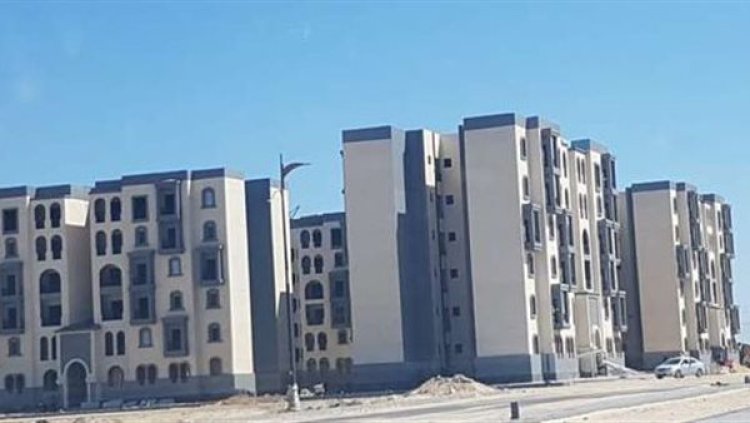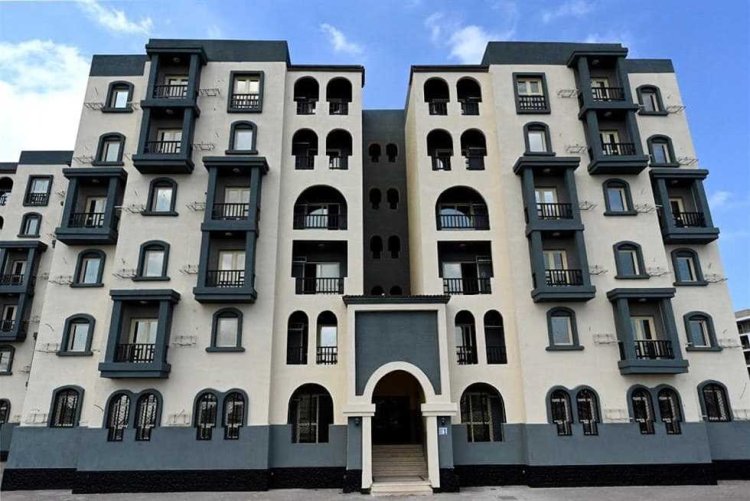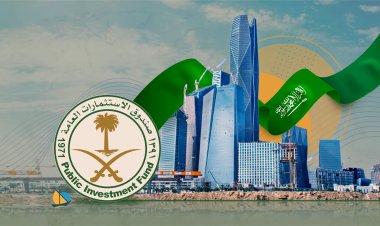EGP 10 trillion.. The volume of real estate wealth in Egypt
10 facilities provided by the government to support the real estate sector.

Mohamed El-Etreby, Chairman of the Federation of Egyptian Banks, announced that the real estate sector is intertwined with about 100 industries, represents 20% of the total GDP, and contributes to providing 5 million job opportunities, which makes it a huge engine for financial inclusion, especially since there is a demand for real estate at a rate of 800 thousand to one million units.
Real estate sector
Al-Etrebi indicated that the Central Bank and the banking sector paid great attention to low- and middle-income groups by offering initiatives commensurate with all sectors in the country that play an important role in enhancing financial inclusion, especially the real estate sector.
This came during his speech at the Real Estate Legalization and Financial Inclusion Conference for all categories of the Egyptian people.

EGP 10 trillion
Al-Etribi added that the banking sector, the Central Bank and the Real Estate Finance Fund played an important role in the success of these initiatives by standardizing and simplifying documents and providing a low interest rate.
He explained that the real estate wealth in Egypt is estimated at EGP 10 trillion, and there are 43 million properties.
The government offers many facilities to support the Egyptian real estate sector, including:
1- Extending the duration of projects by 20% of the original period by not less than one year.
2- Allowing foreigners to buy more than one property, and canceling the condition of two units in two different cities.
3- Establishing a unit affiliated with the Presidency of the Council of Ministers to finalize the procedures for ownership and obtaining residency and citizenship within a maximum period of 30 days.
4- Reducing the completion rate for projects to be 80% instead of the previous 85% and approving it instead of the 95% applied in all previous decisions until March 2023, which allows the developer an area of land to compensate for the change in the cost difference.
5- Changing the interest rate to become 10% interest for a period of two years instead of the current interest, which is decided at 20%. That mean 50% reduction in the interest of all installments for a period of two years for the developers.
6- Increasing the building percentage BUA by 10% without fees in support of developers to achieve a balance between the implementation cost difference.
7- Raising the proportions of administrative and commercial services, which makes all projects more flexible and more capable of achieving benefit, to become from 5% to 15% instead of 8% to 12%.

8- Allowing horizontal and vertical increases from the outside in light of the approvals of the armed forces and the rules allowed to improve the efficiency of lands and the application of the theory of volumes.
9- Canceling service fees for hotel-university activity, and studying reducing service fees from abroad for commercial and administrative activity.
10- Studying the abolition of dumping duties on imported iron, because there is an unequal supply with demand at the present time, and the price difference between domestic and foreign is now estimated at 25%, and this is a very large percentage.


 Shrouq
Shrouq 












